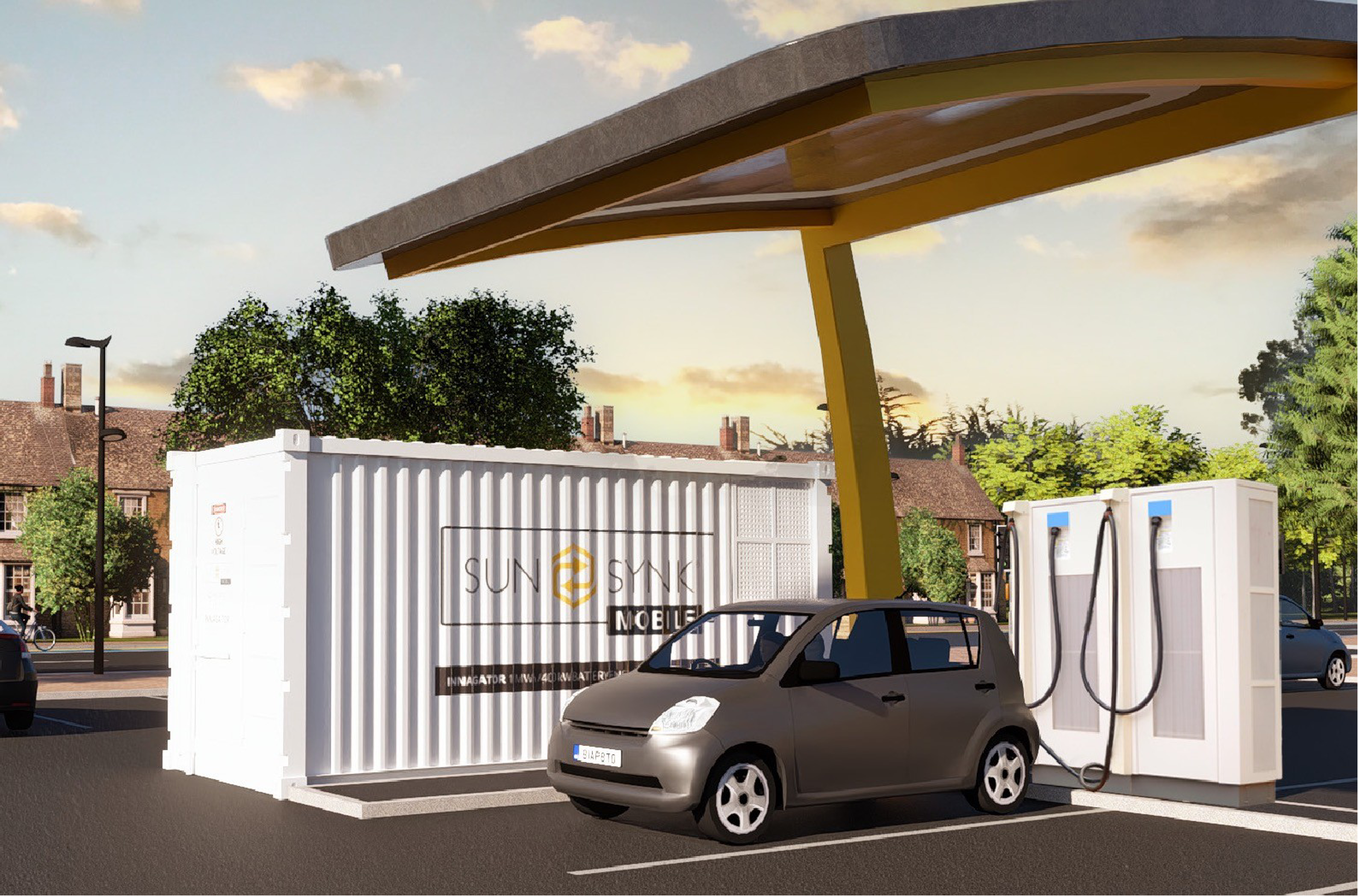

Benefits

- BESS are flexible and scalable, making energy infrastructure more cost-efficient, reliable, sustainable and resilient.
- BESS stores excess energy from solar, wind, or other sources, allowing use during high-demand periods or outages, reducing grid reliance and maximizing renewable energy self-consumption.
- In commercial or industrial settings, BESS optimizes energy use, reduces demand charges, provides backup power, and enables seamless integration of renewables, lowering energy costs.
- As a grid-scale solution, BESS provides stability, balances supply-demand fluctuations integrate renewables, manages peak demand, and enhances grid resilience.
- BESS is ideal for micro-grids and off-grid areas, ensuring reliable power in remote locations like rural communities, islands, and mining sites, offering backup during outages and fuel shortages.
- BESS enhances EV charging by managing peak demand, stabilizing the grid, optimizing energy usage, reducing strain on infrastructure, and enabling fast charging with minimal grid impact.
- BESS are crucial for frequency regulation and grid support, swiftly responding to frequency changes by injecting or withdrawing energy to stabilize the grid, ensuring reliability and efficiency.
- They are remotely managed, maintenance-free, lasting 10-15 years without capacity degradation, eliminating the need for noisy, fuel-hungry diesel generators.
In summary, cost-effective BESS enhance energy infrastructure for a cleaner, greener, and more efficient and stable system.
